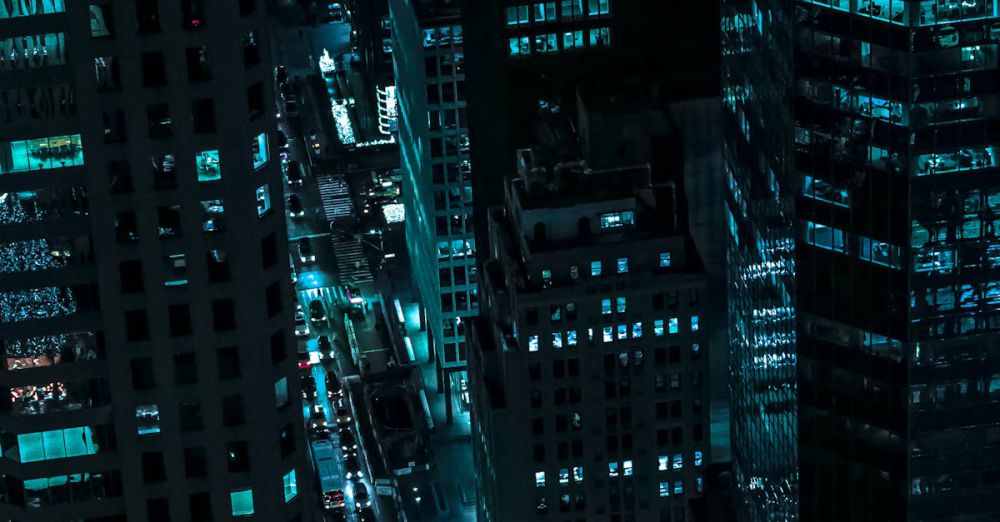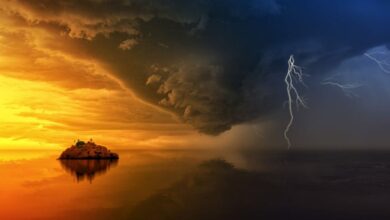Is the Aurora Borealis Visible Every Night
The Aurora Borealis, or Northern Lights, is one of nature’s most breathtaking spectacles. This stunning display of colorful lights dancing across the night sky captivates viewers in northern latitudes. While many dream of witnessing this ethereal phenomenon, an important question arises: Is the Aurora Borealis visible every night? The answer is more nuanced than a simple yes or no.
Understanding the Aurora Borealis
The Aurora Borealis occurs when charged particles from the sun collide with gases in Earth’s atmosphere. These interactions create beautiful displays of light, typically green, pink, purple, and sometimes red or yellow. The phenomenon is most commonly seen in high-latitude regions around the Arctic, such as Alaska, Canada, and parts of Scandinavia.
Several factors influence the visibility of the Northern Lights, including solar activity, geographic location, and local weather conditions. Therefore, while the Aurora Borealis is a regular occurrence in its ideal regions, it does not mean it can be seen every night.
Solar Activity and the 11-Year Cycle
One of the primary determinants of Aurora visibility is solar activity, which follows an approximately 11-year cycle. During periods of heightened solar activity, known as solar maximum, the sun emits more charged particles. These conditions increase the likelihood of auroras appearing more frequently and vividly. Conversely, during solar minimum, auroras become less common and may only be seen sporadically.
To maximize the chance of witnessing the Northern Lights, it’s essential to monitor solar activity forecasts. Websites and apps that track the solar cycle can provide insights into when conditions are favorable for auroras. However, even during peak solar activity, a sighting is not guaranteed every night.
Geographic Location Matters
Location plays a crucial role in the likelihood of seeing the Aurora Borealis. Areas closer to the magnetic poles—such as Fairbanks in Alaska, Yellowknife in Canada, and Tromsø in Norway—offer the best chances. These regions experience frequent auroras due to their proximity to the auroral oval, a ring-shaped zone where auroras are most active.
In contrast, locations further from the poles face a steeper challenge. Cities situated farther south may only catch fleeting glimpses of the lights during intense solar storms. Consequently, travelers hoping to witness the Aurora Borealis should plan their trips to destinations known for frequent sightings.
Weather Conditions
Even in prime locations with high solar activity, weather conditions can thwart efforts to view the Northern Lights. Clear, dark skies are essential for optimal visibility. Cloud cover, precipitation, and light pollution can obscure the phenomenon, rendering it invisible. Winter months often provide the best chances for seeing the auroras, as the nights are longer and skies tend to be clearer.
It’s advisable to check local weather forecasts and choose nights that promise clear skies. Additionally, getting away from urban light pollution enhances the chances of a successful aurora hunt.
Timing Your Search
Another important factor is timing. The best time to see the Aurora Borealis typically falls between late fall and early spring. The peak months are often considered to be December through March, when the nights are longest and the conditions are most favorable. However, auroras can occur any time of year, although they are less frequent during the summer months when daylight dominates.
For those determined to witness the Northern Lights, patience and persistence are key. Many enthusiasts spend several nights in prime locations, waiting for the skies to light up with the mesmerizing dance of colors.
Chasing the Lights: A Unique Experience
While the Northern Lights are not visible every night, the chase itself is a thrilling adventure. Those who venture into the wilderness, armed with warm clothing and a sense of wonder, often find themselves rewarded by nature’s celestial display. The thrill of waiting, the anticipation, and the eventual joy of witnessing the auroras create an unforgettable experience.
Final Thoughts
In summary, while the Aurora Borealis is a natural phenomenon that occurs frequently in specific regions, it is not guaranteed to be visible every night. Factors such as solar activity, geographic location, weather conditions, and timing all play crucial roles in determining visibility. For those passionate about experiencing this spectacular light show, understanding these elements can enhance the chances of a successful sighting, transforming the pursuit of the Northern Lights into a remarkable adventure.







